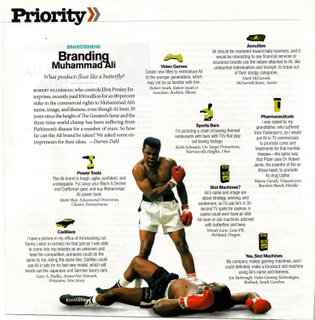If it weren’t for the strong desire to achieve from managers, the passion and energy that fuel the growth of companies would deteriorate. In fact, the number of managers for whom achievement is a primary motive has increased over the years. However, sometimes the drive for success can lead to lack of communication, shortcuts, or worse, stifling other employees and their innovation. Scott W. Spreier, Mary H. Fontaine, and Ruth L. Malloy discuss in Leadership Run Amok: The Destructive Potential of Overachievers (Harvard Business Review, June 2006) the possible problems that can arise from too much celebration of individual achievement.
David McClelland, a late Harvard psychologist, spent much of his career studying motivation and how it affects leadership behavior. Spreier, Fontaine, and Malloy continued his research and identified six styles of leadership that managers and executives use to motivate, reward, direct, and develop others. They are:
-Directive: Strong, sometimes coercive
-Useful in crises or when a leader must manage a poor performer, but overuse stifles initiative and innovation
-Visionary: Focuses on clarity and communication
-Affiliative: Emphasizes on harmony and relationships
-Appropriate in certain high-stress situations or when employees are beset by personal crises,
but it is most effective when used in conjunction with the visionary, participative, or coaching styles.
-Participative: Collaborative and democratic
-Pacesetting: Characterized by personal heroics
-Can get results in the short term, but its demoralizing to employees and exhausting for
everyone over the long haul.
-Coaching: Focuses on long-term development and mentoring
When using all of these types at the appropriate times, employees can feel empowered to learn and create, expand and develop. When these styles and techniques are used appropriately, managers can not only collaborate better and easier with their employees, but can also sustain the growth of production and achievement.



